Vacuum Pouches
HOW TO CHOOSE YOUR SOUS VIDE COOKING POUCH?
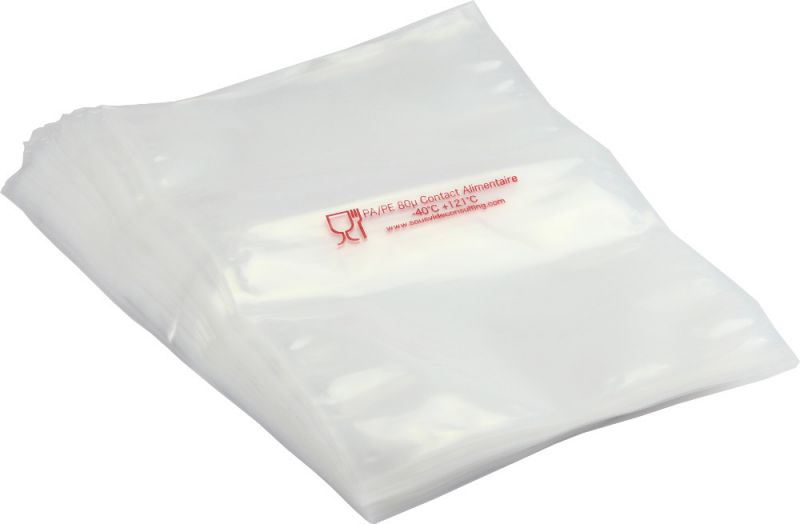 A sous vide cooking pouch is like a skin affixed to the food to be cooked. It must be integral with it, be waterproof and not transfer harmful particles to the food. And this, whatever the type of food, temperature and cooking time used. Unfortunately the technical information of the cooking pouches and the results of the migration tests are generally not disclosed to the chefs (or else on “request”) and are often incomplete.
A sous vide cooking pouch is like a skin affixed to the food to be cooked. It must be integral with it, be waterproof and not transfer harmful particles to the food. And this, whatever the type of food, temperature and cooking time used. Unfortunately the technical information of the cooking pouches and the results of the migration tests are generally not disclosed to the chefs (or else on “request”) and are often incomplete.
SOUS VIDE CONSULTING's CHOICE
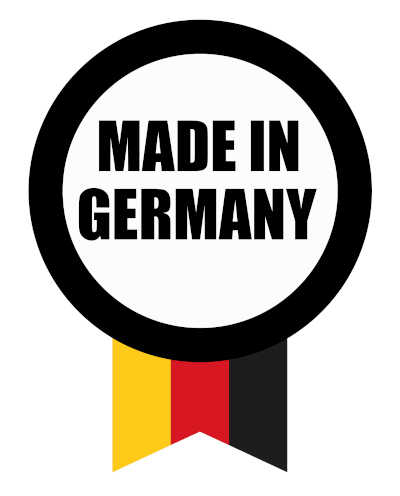
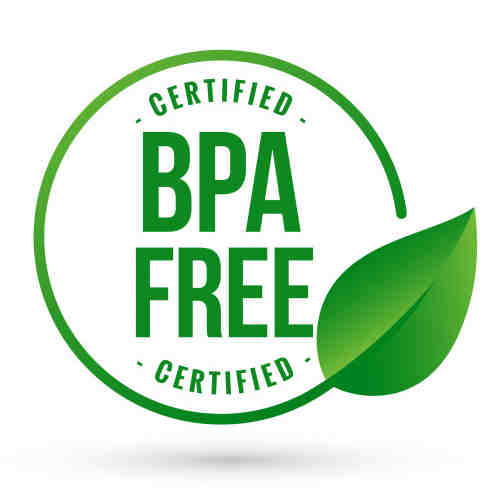 We have selected a whole range of regular and shrink cooking pouches for you. Our pouches are of high quality and made in Germany. All our pouches are free of Bisphenols, Phthalates and comply with all European regulations in force.
We have selected a whole range of regular and shrink cooking pouches for you. Our pouches are of high quality and made in Germany. All our pouches are free of Bisphenols, Phthalates and comply with all European regulations in force.

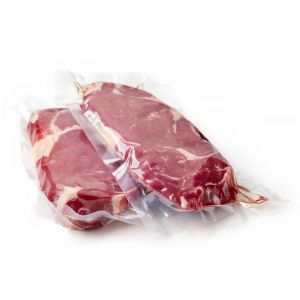
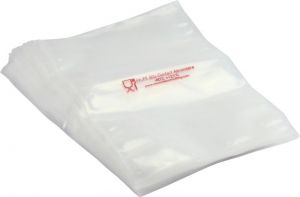
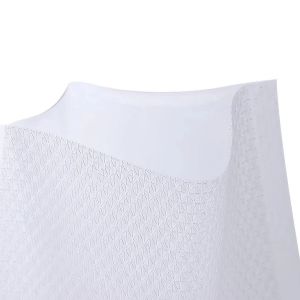
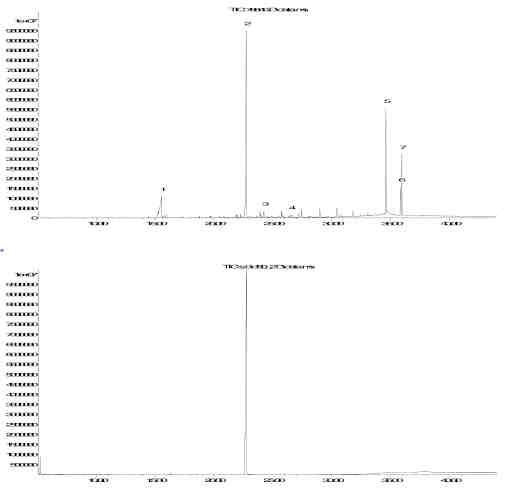 Cooking pouch manufacturers must test cooking pouches at different temperature ranges and for specific cooking times. These tests are performed for each of the following food categories: dry, wet / watery, fatty, acidic, alcoholic and frozen. After these different cookings, analyzes are carried out by independent laboratories on each pouch in order to check whether any chemical component of the pouch is present in the food or if it complies with the authorized regulatory levels. A report, submitted by the laboratory, describes the methodology applied and the results of the migration tests which will be used to determine the technical specifications of the cooking pouch.
Cooking pouch manufacturers must test cooking pouches at different temperature ranges and for specific cooking times. These tests are performed for each of the following food categories: dry, wet / watery, fatty, acidic, alcoholic and frozen. After these different cookings, analyzes are carried out by independent laboratories on each pouch in order to check whether any chemical component of the pouch is present in the food or if it complies with the authorized regulatory levels. A report, submitted by the laboratory, describes the methodology applied and the results of the migration tests which will be used to determine the technical specifications of the cooking pouch.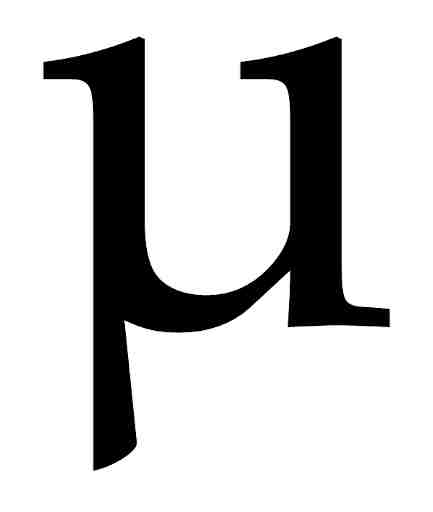 The thickness is measured in micron (µ). The thicker the pouch, the more resistant it will be to puncture (bone), but the less flexible it will be. We must therefore find the right compromise flexibility / puncture resistance. An 80µ cooking pouch is usually a good choice. If the food to be vacuumed sealed has sharp parts (bones), you can wrap and tie the problematic areas with baking parchment. It's neutral and tasteless.
The thickness is measured in micron (µ). The thicker the pouch, the more resistant it will be to puncture (bone), but the less flexible it will be. We must therefore find the right compromise flexibility / puncture resistance. An 80µ cooking pouch is usually a good choice. If the food to be vacuumed sealed has sharp parts (bones), you can wrap and tie the problematic areas with baking parchment. It's neutral and tasteless.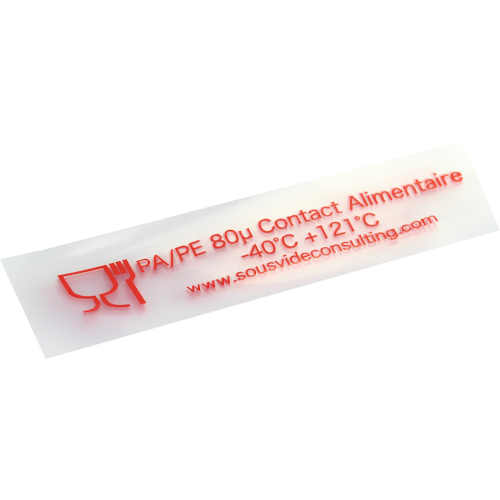 It is not enough that the cooking pouch is tagged “without Bisphenol or Phthalates”, it is necessary that the technical data sheet clearly indicates if the pouch has been tested in contact with food, dry, wet / aqueous, fatty, acids, alcoholic and frozen. This information is very important because without it you could unknowingly use a cooking pouch that is not suitable for cooking at 95 °C with an "acid" food for 1 hour, for example.
It is not enough that the cooking pouch is tagged “without Bisphenol or Phthalates”, it is necessary that the technical data sheet clearly indicates if the pouch has been tested in contact with food, dry, wet / aqueous, fatty, acids, alcoholic and frozen. This information is very important because without it you could unknowingly use a cooking pouch that is not suitable for cooking at 95 °C with an "acid" food for 1 hour, for example. These are the temperatures to which the pouches can be exposed. To say "suitable for temperatures between -50 and + 115 °C" does not make sense. A cooking pouch cannot be suitable for contact with food for cooking at 115 °C for an unlimited time. You must obtain the maximum cooking time per temperature range. This information is determined by the “migration test results”.
These are the temperatures to which the pouches can be exposed. To say "suitable for temperatures between -50 and + 115 °C" does not make sense. A cooking pouch cannot be suitable for contact with food for cooking at 115 °C for an unlimited time. You must obtain the maximum cooking time per temperature range. This information is determined by the “migration test results”.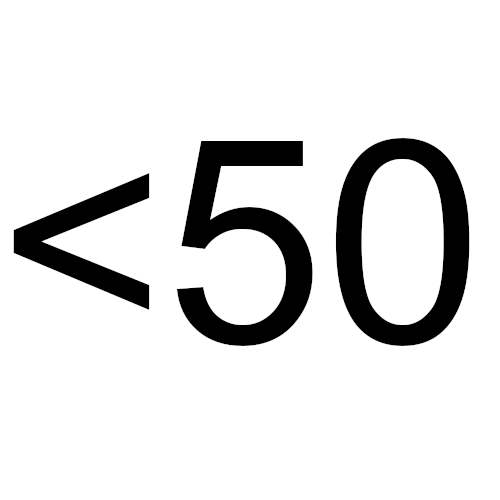 This information will allow you to know if a cooking pouch, after cooking and cooling, will allow airtightness for 1, 2 or 3 weeks... For example, a permeability of less than 50 is very good; a permeability of less than 10 for shrink cooking pouches is excellent. To precisely determine the BBD of one of your preparations you will need to perform laboratory analyzes. We recommend that you be accompanied in this process by a specialist.
This information will allow you to know if a cooking pouch, after cooking and cooling, will allow airtightness for 1, 2 or 3 weeks... For example, a permeability of less than 50 is very good; a permeability of less than 10 for shrink cooking pouches is excellent. To precisely determine the BBD of one of your preparations you will need to perform laboratory analyzes. We recommend that you be accompanied in this process by a specialist.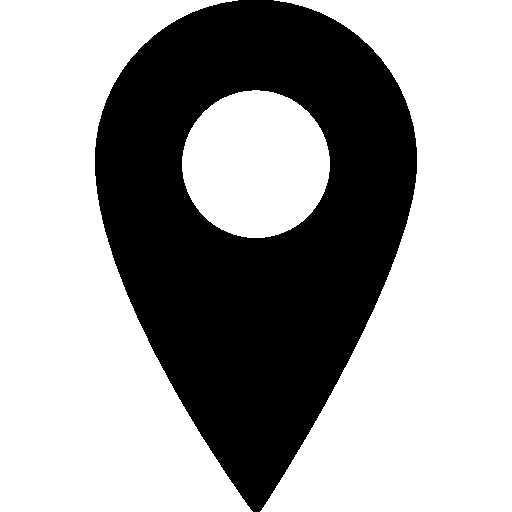 To make a cooking pouch you need Polyamide and Polyethylene granules. These granules are melted and laminated to produce films which will be assembled then cut and welded. The origin of the granules is very important. For more safety we recommend pouches from European manufacturers, experienced and established for many years.
To make a cooking pouch you need Polyamide and Polyethylene granules. These granules are melted and laminated to produce films which will be assembled then cut and welded. The origin of the granules is very important. For more safety we recommend pouches from European manufacturers, experienced and established for many years.